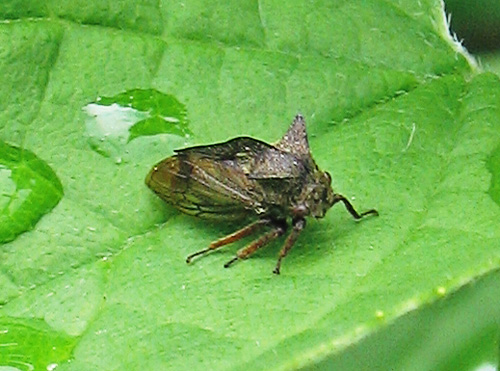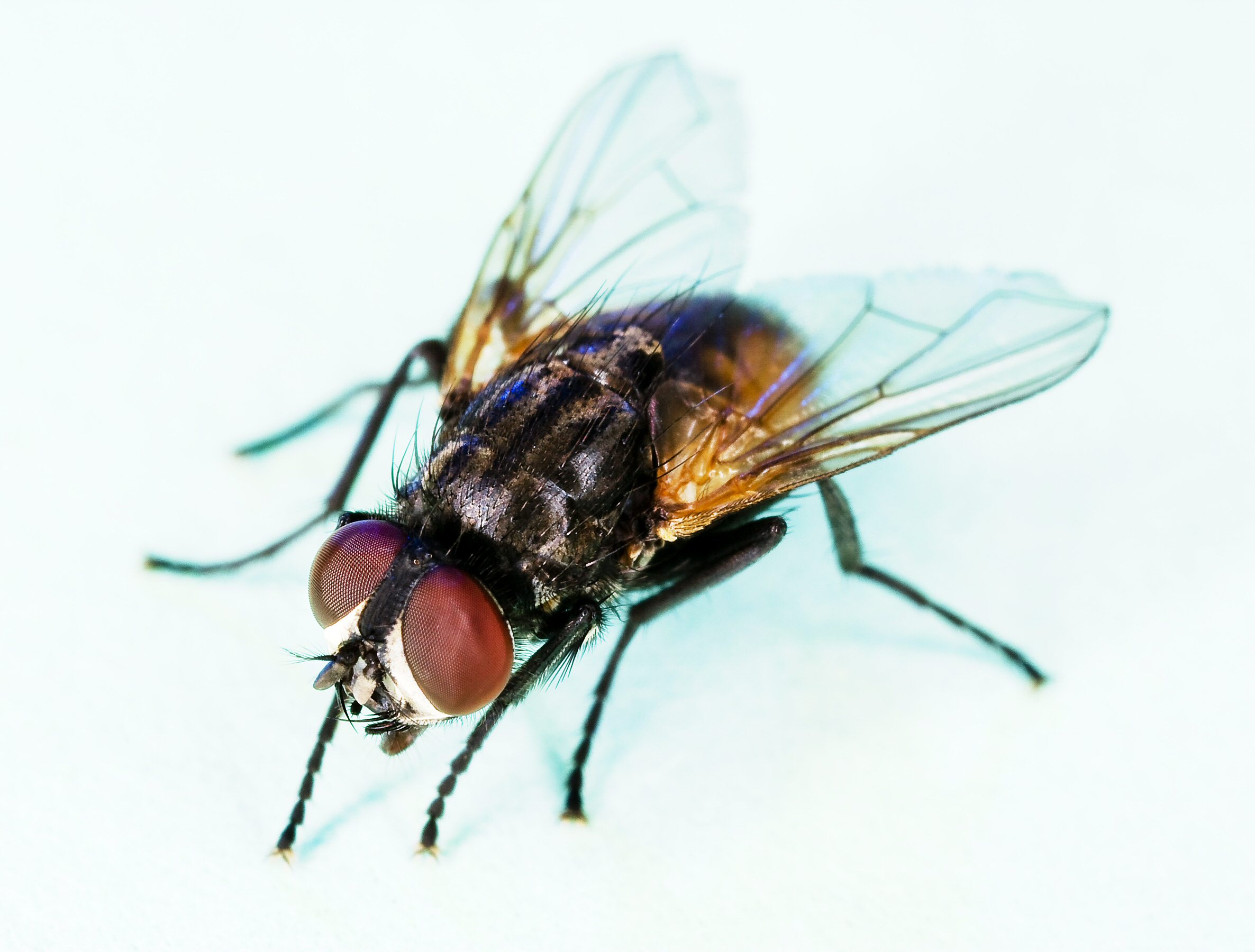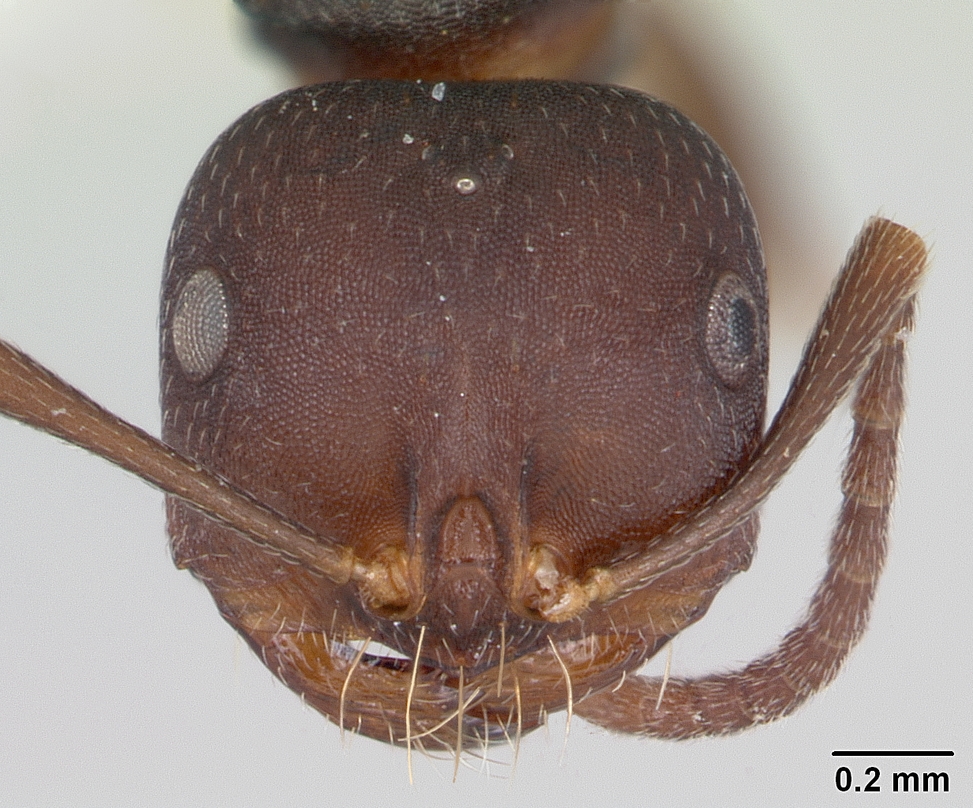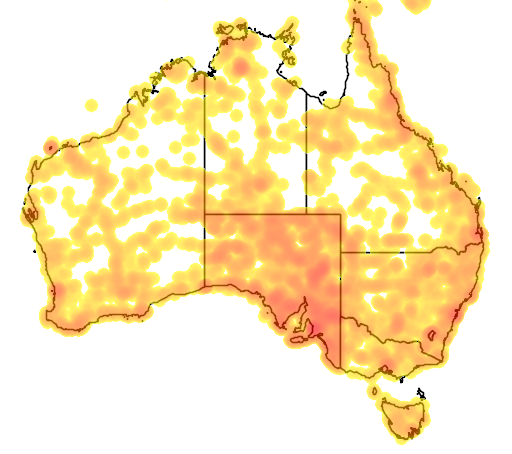|
Ctenophorus Mckenziei
''Ctenophorus mckenziei'', more commonly known as the dwarf-bicycle dragon, is a species of endemic Australian lizard within the family Agamidae and genus Ctenophorus. Originally identified as the agamid ''Amphibolurus mckenziei'', the lizard had been identified within the regions of Western Australia and South Australia in which it occupied the shrubbery and woodland areas as its habitat. It was subsequently transferred to the genus ''Ctenophorus'' along with other Agamid species in which it shared similar Morphology (biology), morphology and characteristics. The name ''mckenziei'' is in reference to Norman Leslie Mckenzie, who was a Zoology, zoologist and discovered the existence of the lizard. Listed on the IUCN Red List, IUCN red list page, threats to its population numbers are evaluated as least concern; however, their numbers are threatened by Habitat destruction, habitat loss, climate change, and feral predators. Etymology ''Ctenophorus mckenziei'' was discovered first by ... [...More Info...] [...Related Items...] OR: [Wikipedia] [Google] [Baidu] |
Glen Milton Storr
Dr. Glen Milton Storr (22 December 1921 – 26 June 1990) was an Australian ornithologist and herpetologist. He joined the Western Australian Museum in 1962 and became Curator of Ornithology and Herpetology in 1965. He was a member of the Royal Australasian Ornithologists Union (RAOU), and served as Secretary of the Western Australian Branch of the RAOU in 1954. Storr produced his postgraduate research on kangaroos. His tenure as curator at the WA museum ended in 1986. Career Storr was born in Adelaide in 1921, and had become a cadet land surveyor with the South Australian Lands Department in 1939. World War II interrupted his training when he joined the Australian Infantry in 1942, serving with the Second Ninth Field Regiment in New Guinea and Queensland (1943-1945) Following the war, he became a licensed surveyor in South Australia in 1947. Legacy Storr was one of the most prolific alpha-taxonomists in herpetology, i.e. he described 232 species and subspecies of repti ... [...More Info...] [...Related Items...] OR: [Wikipedia] [Google] [Baidu] |
Yellabinna, South Australia
__NOTOC__ Yellabinna is a locality in the Australian state of South Australia located to the north of the town of Ceduna in the western part of the state. The locality was established on 26 April 2013 in respect to “the long established local name.” Its name is derived from the use of “Yellabinna” in the names of the Yellabinna Regional Reserve and the Yellabinna Wilderness Protection Area. Yellabinna is located within the federal Division of Grey, the state electoral districts of Flinders and Giles, and the Pastoral Unincorporated Area of South Australia. The land use within Yellabinna is mainly concerned with the following protected areas - the Boondina Conservation Park, the Yellabinna Regional Reserve and the Yellabinna Wilderness Protection Area, although the extraction of heavy mineral sands is underway as of 2013 by Iluka Resources at the Jacinth-Ambrosia Mine in the west of the locality. Surrounding localities Yellabinna which is bounded in part to the nort ... [...More Info...] [...Related Items...] OR: [Wikipedia] [Google] [Baidu] |
Homoptera
Homoptera is a suborder of order Hemiptera that is considered by some taxonomists to be paraphyletic, and therefore deprecated (obsolete). It was therefore split into the suborders Sternorrhyncha, Auchenorrhyncha, and Coleorrhyncha. The earlier work was based on nuclear DNA, but more recent phylogenetic analysis using mitochondrial DNA suggest that Homoptera may be a monophyletic group after all, a sister group of Heteroptera. The cause of the disparity in the analyses is suggested to be the long branch attraction effect in phylogenetic analysis, due to rapidly evolving DNA regions. The Homoptera include the aphids, scale insects, cicadas, and leafhoppers A leafhopper is the common name for any species from the family Cicadellidae. These minute insects, colloquially known as hoppers, are plant feeders that suck plant sap from grass, shrubs, or trees. Their hind legs are modified for jumping, and a ..., which all have sucking mouthparts. References Insect suborders Hemip ... [...More Info...] [...Related Items...] OR: [Wikipedia] [Google] [Baidu] |
Mecoptera
Mecoptera (from the Greek language, Greek: ''mecos'' = "long", ''ptera'' = "wings") is an Order (biology), order of insects in the superorder Endopterygota with about six hundred species in nine Family (biology), families worldwide. Mecopterans are sometimes called scorpionflies after their largest family, Panorpidae, in which the males have enlarged genitals raised over the body that look similar to the stingers of scorpions, and long beaklike Rostrum (anatomy), rostra. The Bittacidae, or hangingflies, are another prominent family and are known for their elaborate mating rituals, in which females choose mates based on the quality of gift prey offered to them by the males. A smaller group is the snow scorpionflies, family Boreidae, adults of which are sometimes seen walking on snowfields. In contrast, the majority of species in the order inhabit moist environments in tropical locations. The Mecoptera are closely related to the Siphonaptera (fleas), and a little more distantly to ... [...More Info...] [...Related Items...] OR: [Wikipedia] [Google] [Baidu] |
Hemiptera
Hemiptera (; ) is an order of insects, commonly called true bugs, comprising over 80,000 species within groups such as the cicadas, aphids, planthoppers, leafhoppers, assassin bugs, bed bugs, and shield bugs. They range in size from to around , and share a common arrangement of piercing-sucking mouthparts. The name "true bugs" is often limited to the suborder Heteroptera. Entomologists reserve the term ''bug'' for Hemiptera or Heteroptera,Gilbert Waldbauer. ''The Handy Bug Answer Book.'' Visible Ink, 1998p. 1. which does not include other arthropods or insects of other orders such as ants, bees, beetles, or butterflies. In some variations of English, all terrestrial arthropods (including non-insect arachnids, and myriapods) also fall under the colloquial understanding of ''bug''. Many insects with "bug" in their common name, especially in American English, belong to other orders; for example, the lovebug is a fly and the Maybug and ladybug are beetles. The term ... [...More Info...] [...Related Items...] OR: [Wikipedia] [Google] [Baidu] |
Melophorus
''Melophorus'' (meaning "honey carrier") is a genus of ants in the subfamily Formicinae and the sole member of the tribe Melophorini. The genus is endemic to Australia, where its species are common in arid and semiarid areas. Species *''Melophorus aeneovirens'' (Lowne, 1865) *''Melophorus anderseni'' Agosti, 1998 *''Melophorus bagoti'' Lubbock, 1883 *'' Melophorus biroi'' Forel, 1907 *''Melophorus bruneus'' McAreavey, 1949 *'' Melophorus constans'' Santschi, 1928 *''Melophorus curtus'' Forel, 1902 *''Melophorus fieldi'' Forel, 1910 *''Melophorus fulvihirtus'' Clark, 1941 *''Melophorus hirsutus'' Forel, 1902 *''Melophorus insularis'' Wheeler, 1934 *''Melophorus iridescens'' (Emery, 1887) *''Melophorus laticeps'' Wheeler, 1915 *''Melophorus ludius'' Forel, 1902 *''Melophorus majeri'' Agosti, 1998 *''Melophorus marius'' Forel, 1910 *''Melophorus mjobergi'' Forel, 1915 *''Melophorus omniparens'' Forel, 1915 *''Melophorus pillipes'' Santschi, 1919 *''Melophorus potteri'' McArea ... [...More Info...] [...Related Items...] OR: [Wikipedia] [Google] [Baidu] |
Iridomyrmex
''Iridomyrmex'' is a genus of ants called rainbow ants (referring to their blue-green iridescent sheen) first described by Austrian entomologist Gustav Mayr in 1862. He placed the genus in the subfamily Dolichoderinae of the family Formicidae. It has 79 described species and five fossil species. Most of these ants are native to Australia; others are found in Asia and Oceania, and they have been introduced to Brazil, New Zealand, and the United Arab Emirates. Fossil species are known from China, France, and the United States. These ants are known to be an ecologically dominant and important group of ants, but they are sometimes regarded as pests because they disturb soil and enter human houses. Farmers in rural Australia place animal carcasses on meat ant ('' I. purpureus'') mounds as a method of disposing of them; meat ants consume the carcass and reduce it to bones in a matter of weeks. Meat ants also engage in ritualised fighting, which helps prevent casualties and solv ... [...More Info...] [...Related Items...] OR: [Wikipedia] [Google] [Baidu] |
Sclerolaena
''Sclerolaena '' is a genus of annuals or short-lived perennials in the family Chenopodiaceae (''sensu stricto''), which are included in Amaranthaceae (''sensu lato'') according to the APG classification. Species include: *'' Sclerolaena alata'' Paul G. Wilson *'' Sclerolaena anisacanthoides'' Domin *''Sclerolaena bicornis'' Lindl. *'' Sclerolaena birchii'' (F. Muell.) Domin *'' Sclerolaena blakei'' (Ising) A.J. Scott *'' Sclerolaena calcarata'' (Ising) A.J.Scott *'' Sclerolaena cuneata'' Paul G. Wilson *'' Sclerolaena densiflora'' *''Sclerolaena diacantha'' (Nees) Benth. *''Sclerolaena divaricata'' (R.Br.) Sm. *'' Sclerolaena eriacantha'' (F. Muell.) Ulbr. *'' Sclerolaena eurotioides'' (F. Muell.) A.J. Scott *''Sclerolaena fimbriolata'' (F. Muell.) A.J. Scott *'' Sclerolaena forrestiana'' (F. Muell.) Domin *'' Sclerolaena fusiformis'' Paul G. Wilson * ''Sclerolaena'' ''hostilis'' (Diels) Domin *''Sclerolaena lanicuspis'' (F.Muell.) F.Muell. ex Benth. *'' Sclerolaena medicagin ... [...More Info...] [...Related Items...] OR: [Wikipedia] [Google] [Baidu] |
Chenopodium Spinescens
''Chenopodium spinescens'' (common names: spiny saltbush, berry saltbush, thorny saltbush, creeping saltbush, hedge saltbush) is a species of plant in the family Amaranthaceae and is endemic to all mainland states and territories of Australia where it is known as ''Rhagodia spinescens''. Description ''Chenopodium spinescens'' is a multi-stemmed dense shrub to high, with branches often ending in spines. The leaves are alternate or opposite, and mealy, looking grey green to almost whitish from their covering of saucer-shaped/spherical hairs. The leaf shape is ovate to triangular, and are long and wide. The leaf petiole is about half the length of the lamina. Male and female flowers are usually on different plants. The flowers have five perianth segments that are tiny and all alike, and five stamens. The ripe fruit are red and succulent. The inflorescence is a panicle or spike, with the flowers' perianth being densely mealy on the outside. The male flowers are globular and 0.5– ... [...More Info...] [...Related Items...] OR: [Wikipedia] [Google] [Baidu] |
Maireana
''Maireana '' is a genus of around 57 species of perennial shrubs and herbs in the family Amaranthaceae which are endemic to Australia. Species in this genus were formerly classified within the genus ''Kochia''. The genus was described in 1840 by the botanist, Moquin-Tandon and named to honour Joseph François Maire (1780-1867), an amateur botanist who befriended him during the author's first visit to Paris in 1834.Fournier, Eugene, Rapport sur l'herbier de M. le Docteur E. Cosson. (1867/ref>Moquin-Tandon, Alfred. Marcel Rolland(editor.) Un naturaliste à Paris sous Louis-Philippe: journal de voyage inédit (1834) 1944. The type species is '' Maireana tomentosa''. Species include: *'' Maireana amoena'' (Diels) Paul G.Wilson *''Maireana aphylla'' (R.Br.) Paul G.Wilson- Cotton bush or leafless bluebush *'' Maireana appressa'' (Benth.) Paul G.Wilson *''Maireana astrotricha'' (L.A.S.Johnson) Paul G.Wilson *'' Maireana atkinsiana'' (W.Fitzg.) Paul G.Wilson *''Maireana brevifolia' ... [...More Info...] [...Related Items...] OR: [Wikipedia] [Google] [Baidu] |
Atriplex Vesicaria
''Atriplex vesicaria'', commonly known as bladder saltbush, is a species of flowering plant of the family '' Amaranthaceae'' and is endemic to arid and semi-arid inland regions of Australia. It is an upright or sprawling shrub with scaly leaves and separate male and female plants, the fruit often with a bladder-like appendage. Description ''Atriplex vesicaria'' grows as an upright or sprawling, perennial shrub up to high. The leaves are sessile, elliptic to oblong or egg-shaped with the narrower end towards the base, long, wide and scaly. The edges of the leaves are entire, occasionally toothed, with the leaf tips pointed or blunt. Male and female flowers are usually borne on separate plants. Male plants usually bear flowers in clusters on simple or branched panicles or spikes long, the flowers with five similar perianth segments. Female flowers are borne in clusters of two to many in upper leaf axils and lack a perianth, the ovary surrounded by two bracteoles. After f ... [...More Info...] [...Related Items...] OR: [Wikipedia] [Google] [Baidu] |
Woodland
A woodland () is, in the broad sense, land covered with trees, or in a narrow sense, synonymous with wood (or in the U.S., the '' plurale tantum'' woods), a low-density forest forming open habitats with plenty of sunlight and limited shade (see differences between British, American, and Australian English explained below). Woodlands may support an understory of shrubs and herbaceous plants including grasses. Woodland may form a transition to shrubland under drier conditions or during early stages of primary or secondary succession. Higher-density areas of trees with a largely closed canopy that provides extensive and nearly continuous shade are often referred to as forests. Extensive efforts by conservationist groups have been made to preserve woodlands from urbanization and agriculture. For example, the woodlands of Northwest Indiana have been preserved as part of the Indiana Dunes. Definitions United Kingdom ''Woodland'' is used in British woodland management t ... [...More Info...] [...Related Items...] OR: [Wikipedia] [Google] [Baidu] |





.jpg)